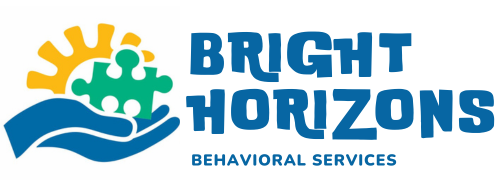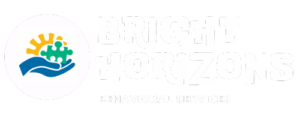Understanding Autism Spectrum Disorder (ASD)
We Value Every Child
We celebrate your child’s uniqueness and can’t wait to learn more about what makes them special.
What is Autism?
Autism exists on a spectrum, meaning it affects each individual differently. While the term carries different meanings for many, understanding its clinical definition is key to ensuring proper diagnosis and access to support services.
Autism Spectrum Disorder (ASD) is a neurological and developmental condition that can impact social interactions, communication, and lead to repetitive or rigid behaviors.
What Does Autism Look Like in Children?
Children with autism may experience:
- Challenges in communication and social interactions
- Repetitive behaviors or restricted interests
- Activities that may interfere with learning or other skill development
Indicators and Characteristics of Autism
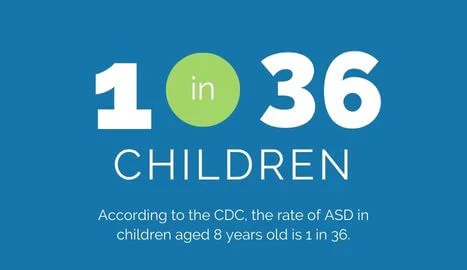
Communication challenges are often among the first noticeable signs of autism spectrum disorder (ASD). Key developmental markers include:
Social Smiles & Eye Contact (0-3 months): Babies typically engage in social smiling and make eye contact. A lack of reciprocity may indicate a delay.
Babbling & Early Speech (6+ months): By six months, most infants babble or imitate sounds. By two years old, they usually form simple two-word phrases and respond to conversations.
If your child shows delays or regression in these areas, it may be worth discussing with a pediatrician. Contact us for guidance and referrals.
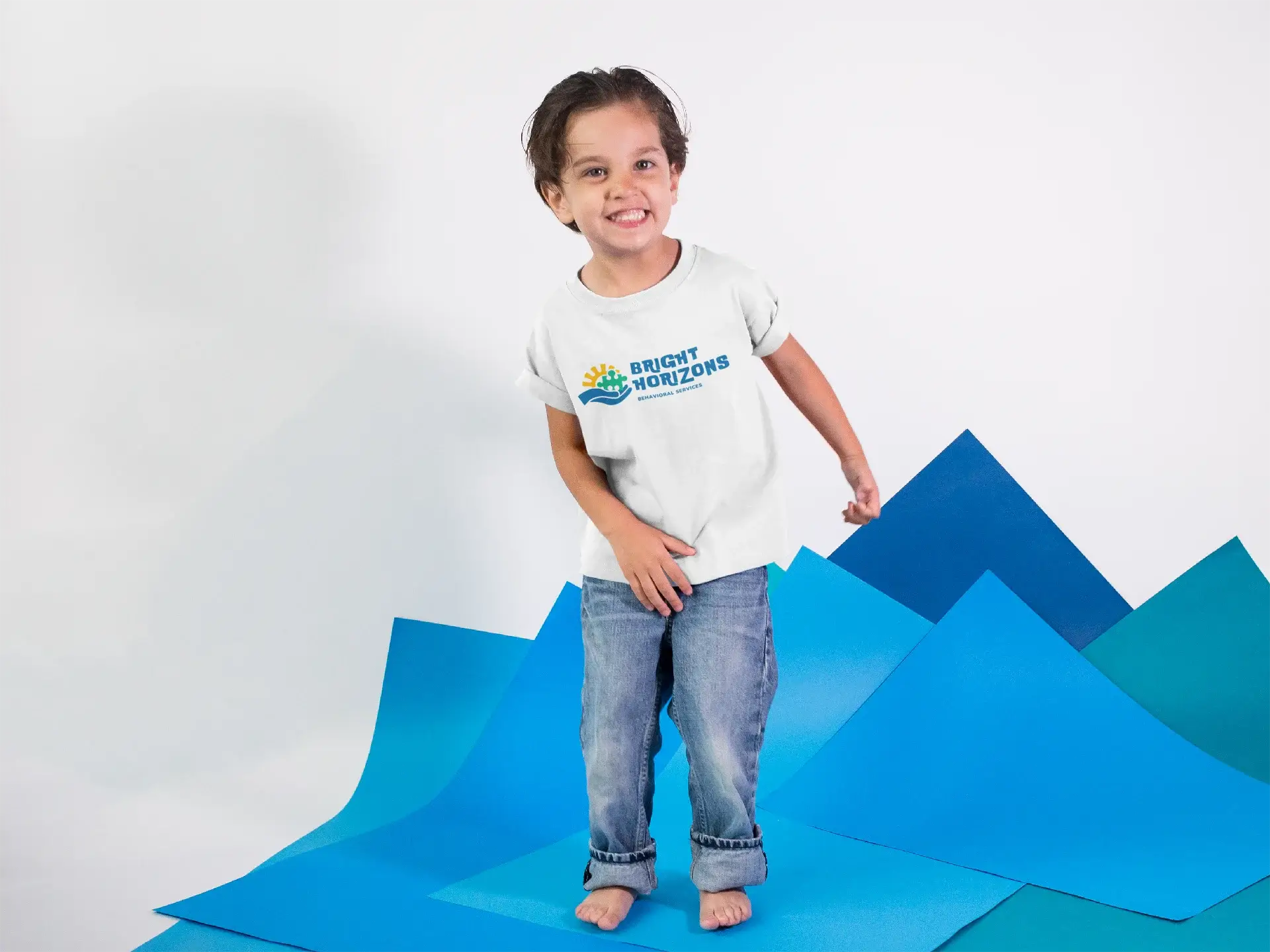
As toddlers grow, they naturally begin engaging in parallel play—playing alongside other children without direct interaction. While they may not fully grasp sharing yet (cue the frequent “mine!”), they are usually comfortable being near peers. By preschool age, play should become more interactive and cooperative.
If your child consistently prefers to be alone rather than playing near others or shows strong discomfort around peers, it may be worth exploring further. Early intervention can make a difference. Contact us to connect with a clinician for autism testing and support.

Change can be challenging for anyone, especially young children who thrive on routine. However, if your child has intense negative reactions to minor changes, it could signal something more.
Do they get unusually upset if you take a different route on your morning walk?
Do they have tantrums if you sit in a different chair at dinner?
If small shifts in routine trigger extreme distress, it’s worth discussing with a physician. Need support? We’re here to help—reach out to connect with a specialist.
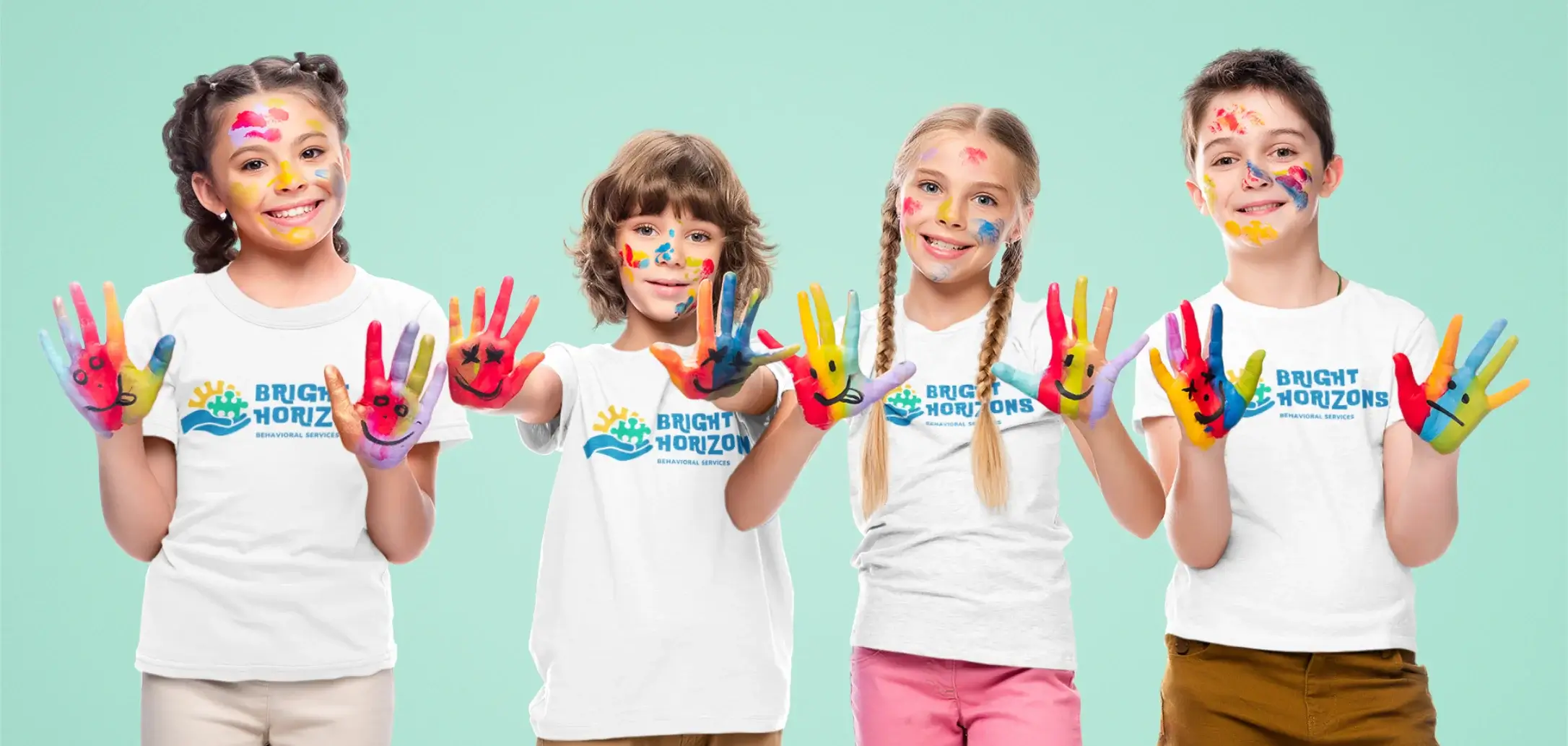
Sensory sensitivities often become more noticeable in older children, as babies and toddlers are still adapting to their senses. These challenges can manifest as strong or unusual reactions to lights, sounds, smells, textures, or tastes—or even a lack of response to pain or other stimuli.
Some common signs include:
A limited diet due to sensitivity to certain food textures.
A strong preference for specific fabrics, like only wearing soft t-shirts.
Intense distress from loud noises, such as a car horn.
Whether it’s autism or another sensory processing disorder, discussing hypo- or hyper-sensitivities with a pediatrician is essential. Need guidance? Contact us for autism testing and support.
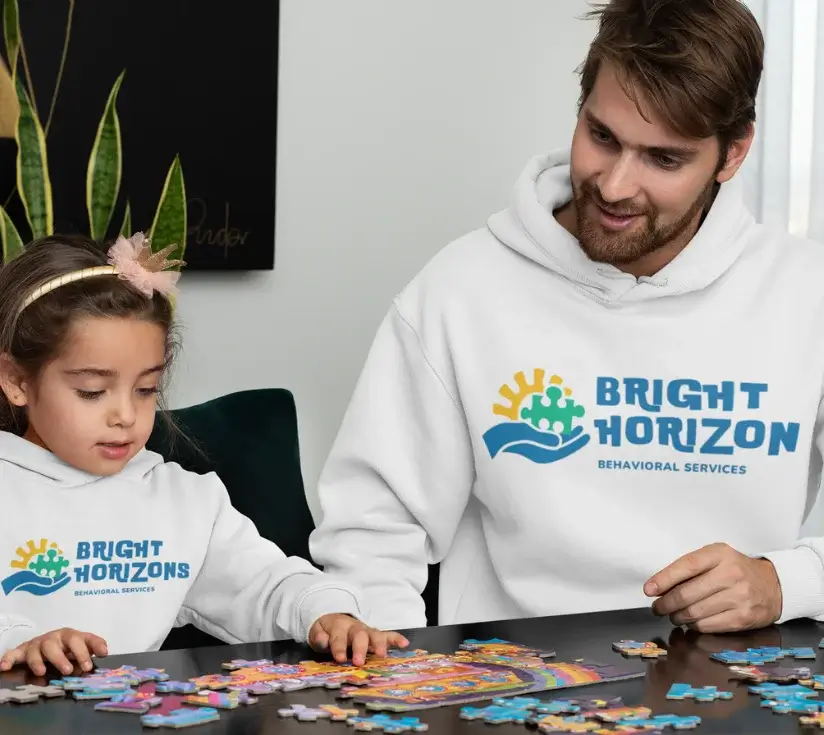
As children grow, certain behaviors can indicate possible signs of autism—particularly repetitive actions and intense, highly specific interests.
Repetitive Behaviors:
- Babies naturally mimic words and actions, but in older children, hand flapping, spinning, or subtle finger movements may be worth noting—especially if paired with other signs.
Highly Focused Interests:
- A child might become obsessed with a specific topic, like dinosaurs (memorizing every name) or the alphabet (reciting letters in order). However, the key distinction is reciting facts without deeper engagement or interest in conversation.
While these traits don’t necessarily confirm autism or another developmental disorder, discussing them with a professional can provide clarity. Need answers? Contact us for expert guidance and autism testing
